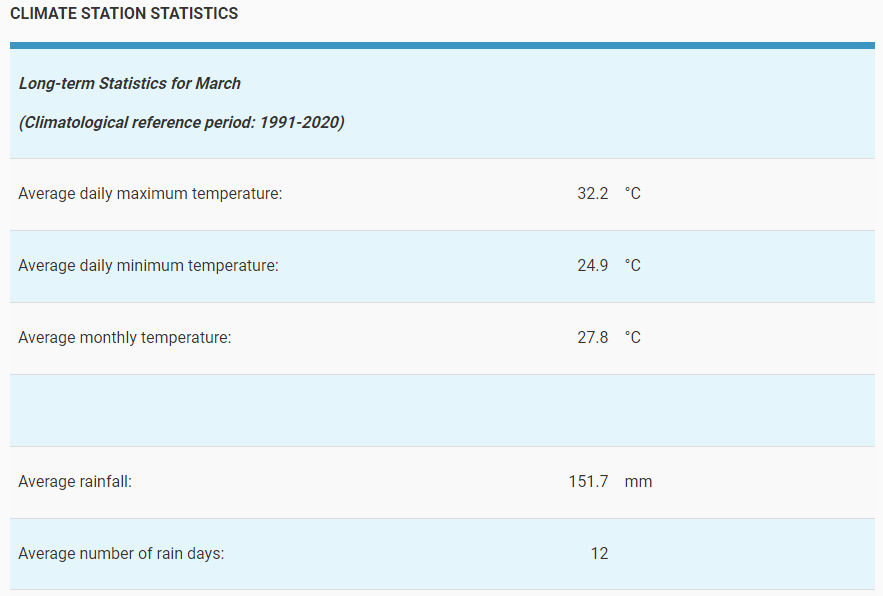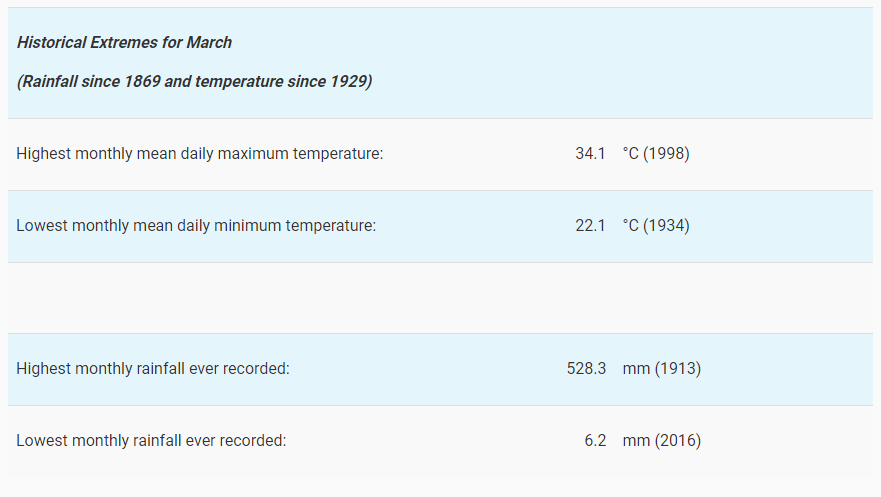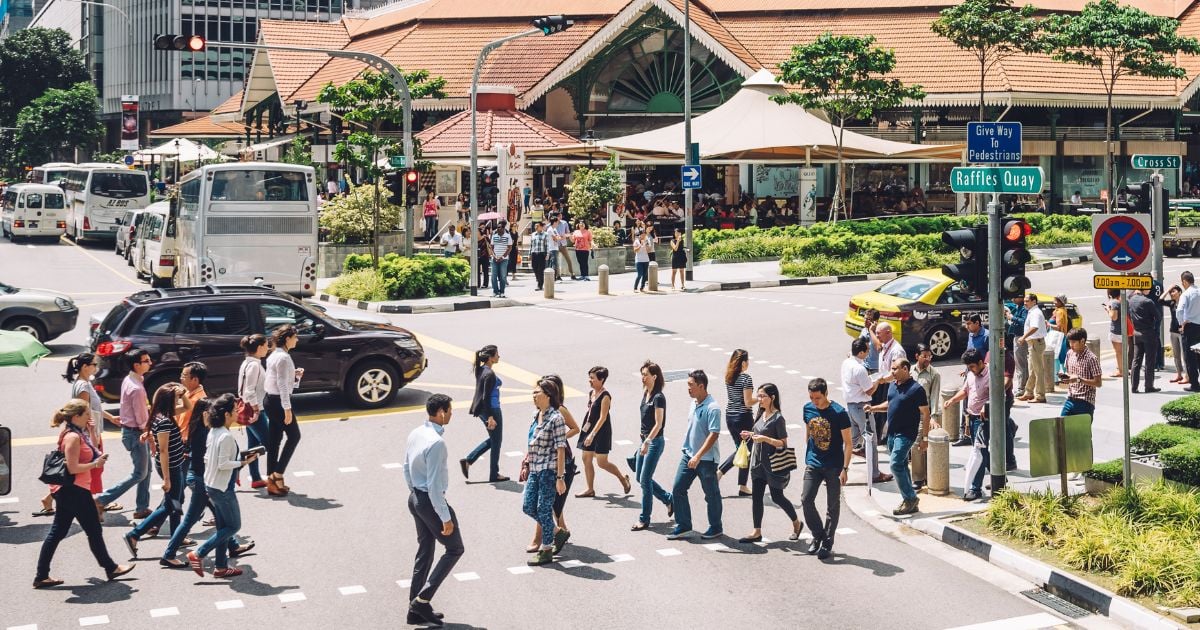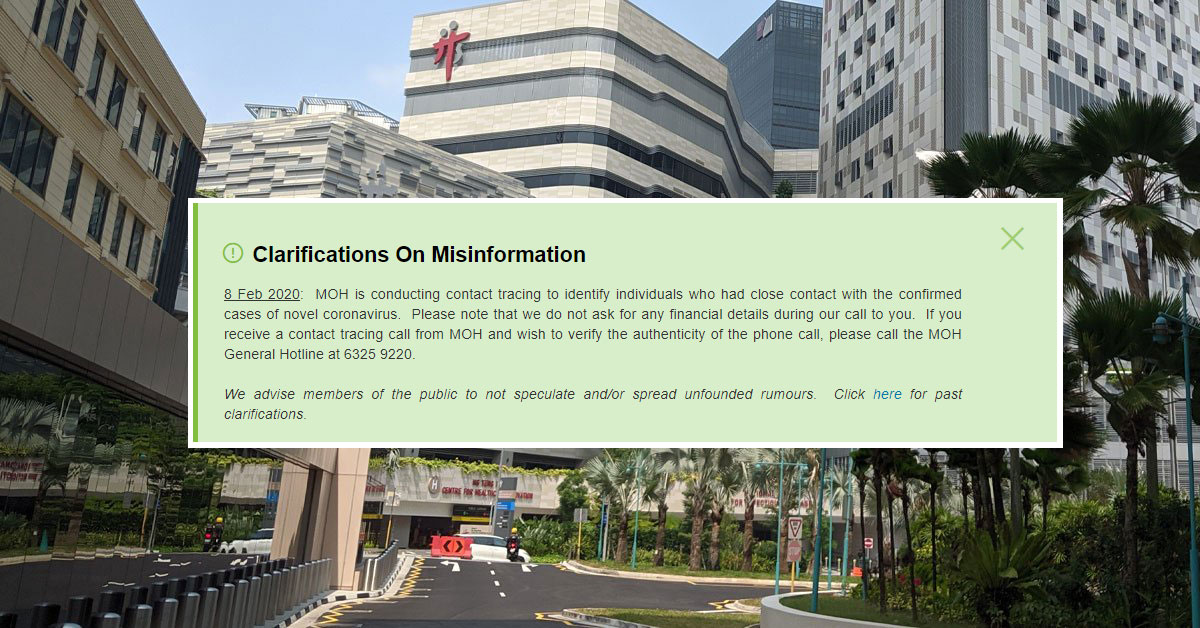Okay, you probably read the title, looked out at the nearest window to see the sun beating down mercilessly on the pavement below, and said, “No sh**, Sherlock.”
(Even now, as I look down at the empty basketball court below my block, it’s truly unsettling.)
Sadly, Singapore is expected to continue experiencing Northeast Monsoon conditions throughout the latter half of March 2024, with prevailing low-level winds blowing from the northwest or northeast.
In other words, it will be hot.
Forecast for the Next Two Weeks
According to the National Environment Agency (NEA), the weather forecast anticipates that the dry and warm conditions observed in the middle of the month will persist into the first few days of the upcoming fortnight.
On a brighter note, some afternoons towards the end of the month are expected to experience localized short-duration moderate to heavy thundery showers.
Despite these showers, the total rainfall for the second half of March 2024 is expected to be below average over most parts of the island.
For the rest of March 2024, daily maximum temperatures are projected to range between 34 and 35 degrees Celsius on most days.
On occasions with less cloud coverage, especially in the first week of the upcoming fortnight, temperatures may exceed 35 degrees Celsius.
Reflecting on the past two weeks (1 March to 14 March), Northeast Monsoon conditions had dominated Singapore and its neighboring region with winds that blew predominantly from the northwest or northeast.
The initial week of March 2024 saw thundery showers occurring over parts of the island on most afternoons. Particularly notable was the convergence of winds on 4 March, which brought moderate to heavy thundery showers across many areas of Singapore.
On that day, Buona Vista recorded the highest daily total rainfall of 98.6 mm, marking the highest rainfall for the first half of March 2024. However, the subsequent week was characterized by predominantly dry conditions.
Temperatures during the first fortnight of March ranged from 31.6 to 36.0 degrees Celsius, with the latter half of the period experiencing notably warm and dry weather. Sentosa recorded the highest temperature of 36.0 degrees Celsius on March 13th.
Rainfall patterns varied across different parts of Singapore during the initial fortnight of March 2024. While Changi witnessed above-average rainfall, Mandai experienced rainfall levels below average.
You can refer to the table below for the long-term statistics for March using the climatological reference period of 1991 to 2020:

You can also find the historical extremes for March, which records rainfalls since 1869 and temperature since 1929:

For those seeking daily weather updates and forecasts, you can visit the Meteorological Service Singapore (MSS) and National Environment Agency (NEA) websites, along with the myENV app, for reliable sources of information.
With the recent weather challenges remember to constantly replenish your fluids, stay indoors more and apply sunblock on your exposed skin!



